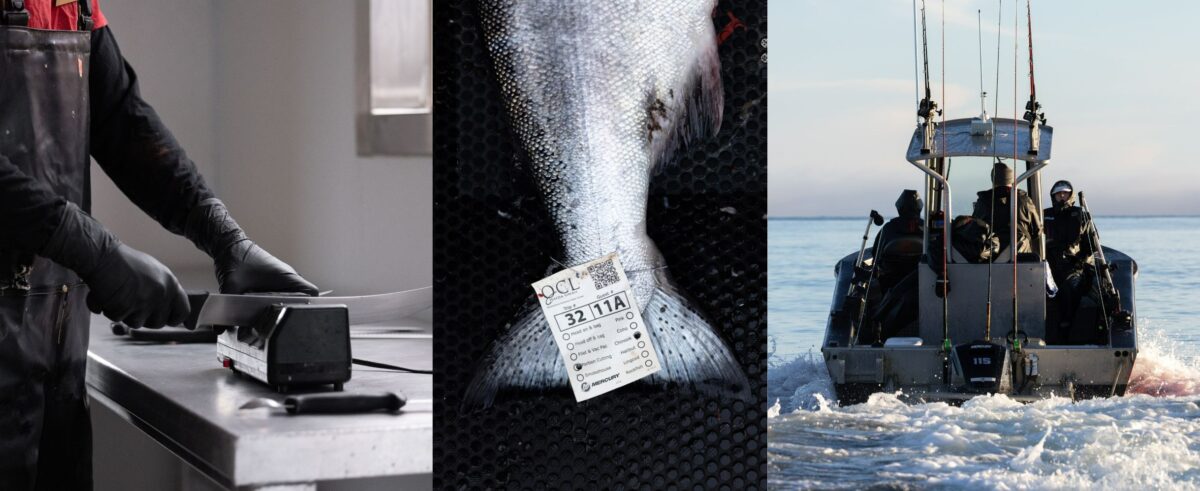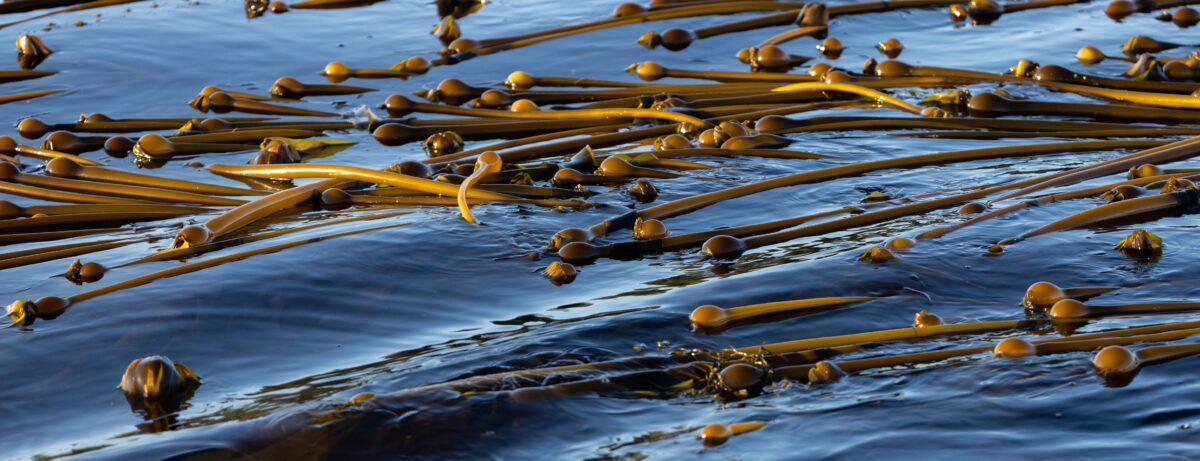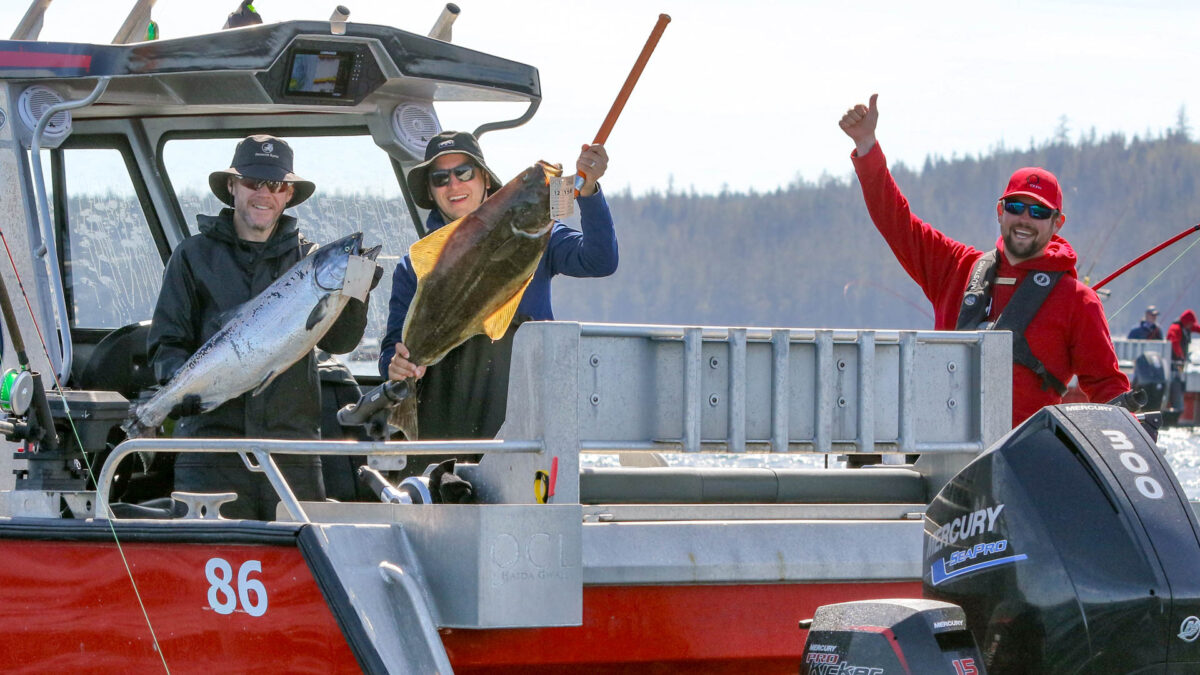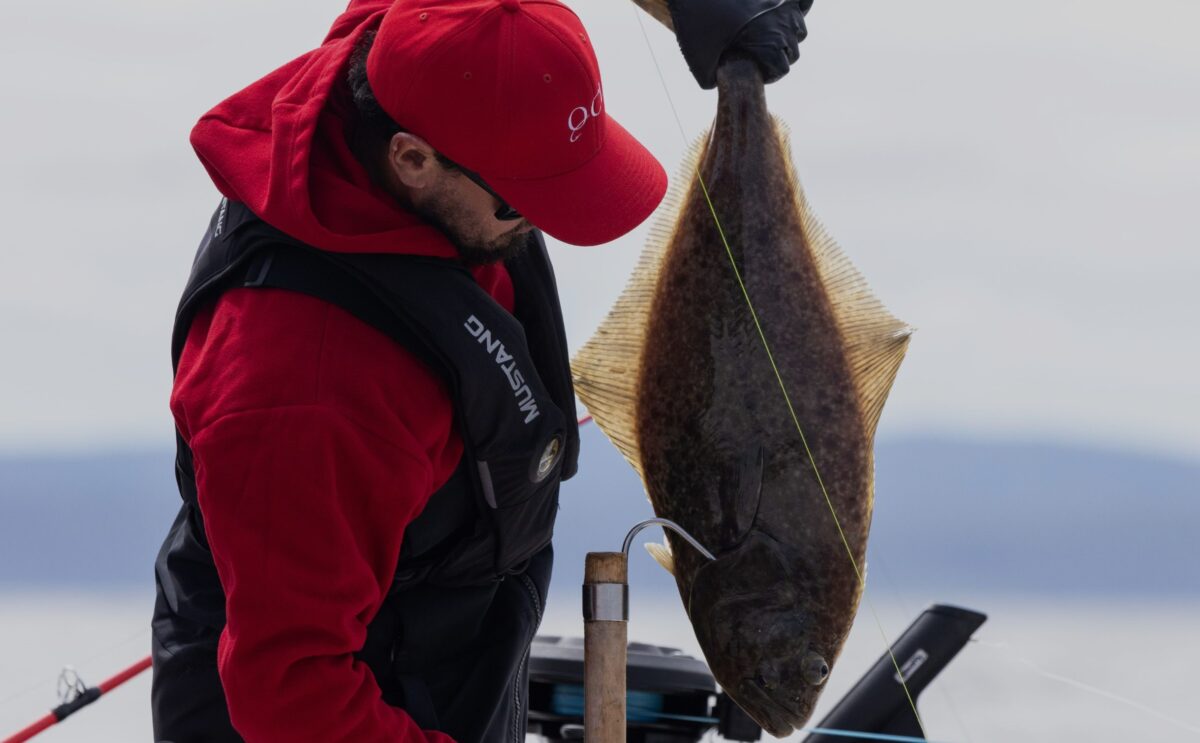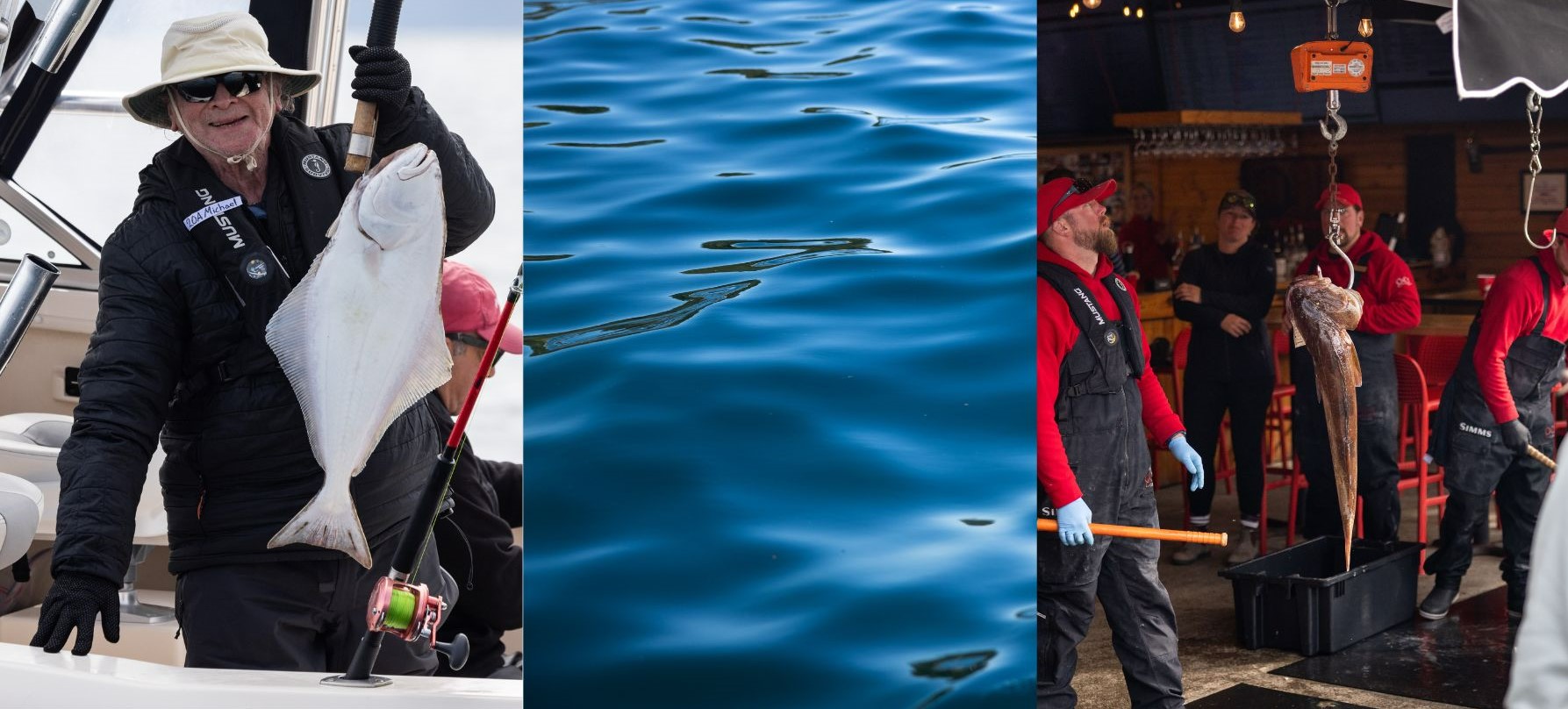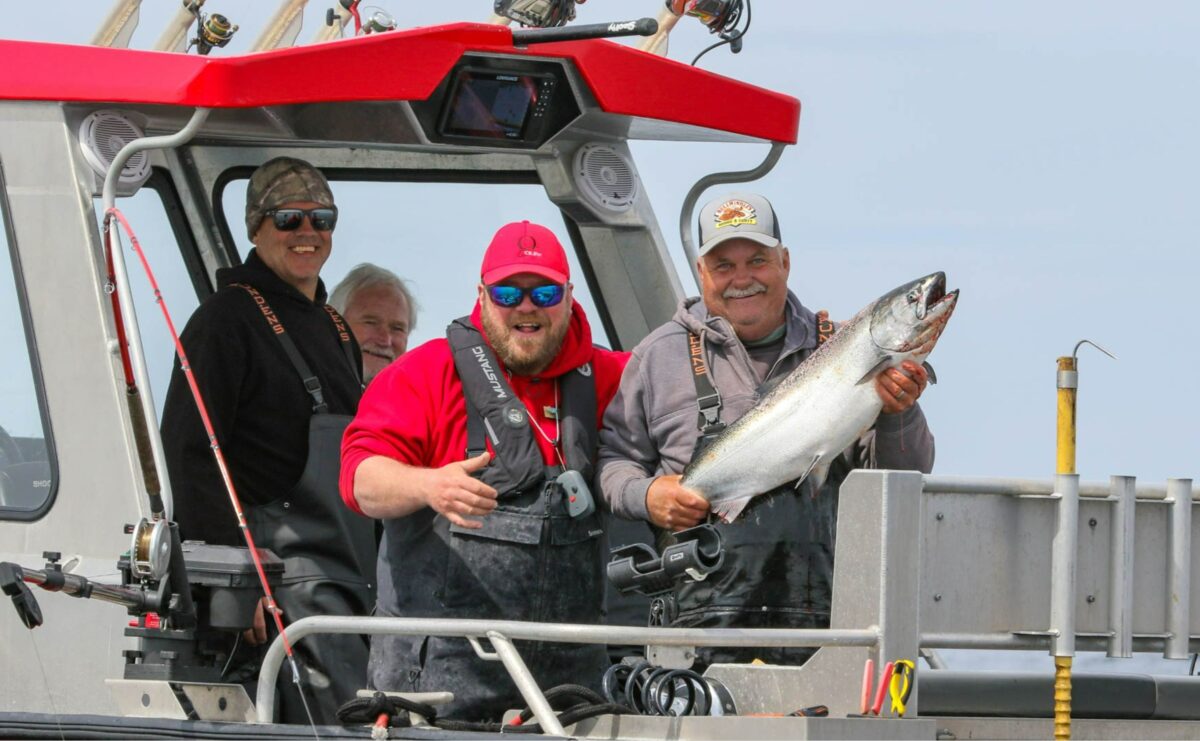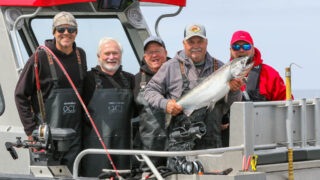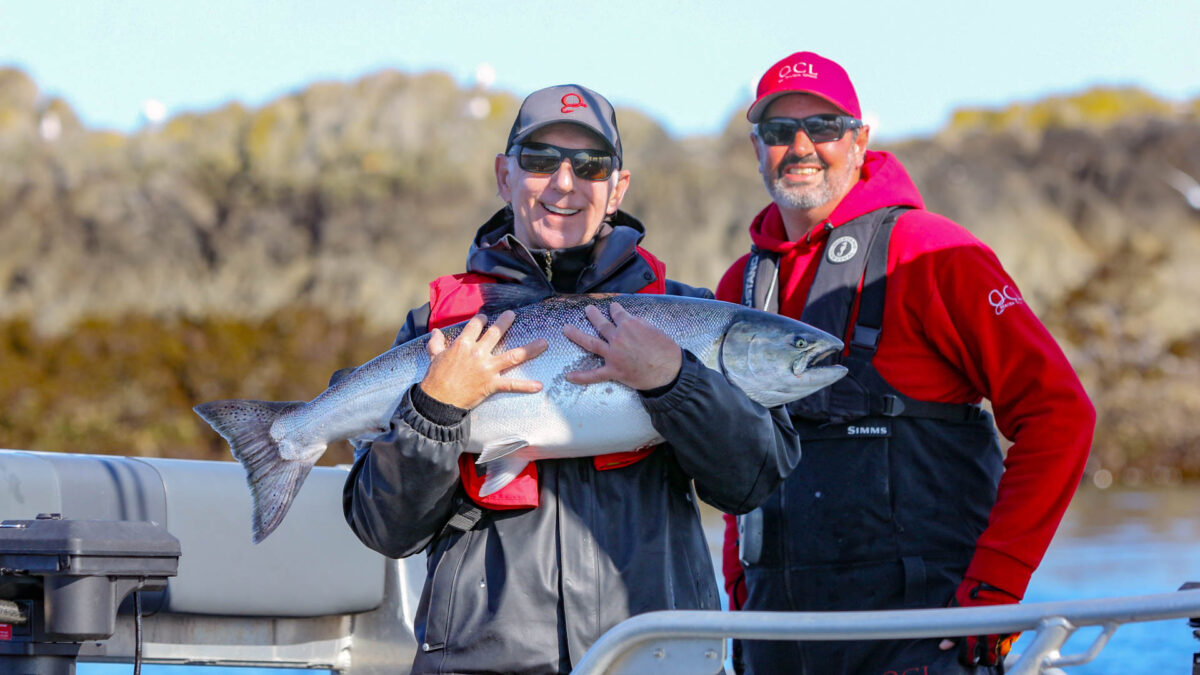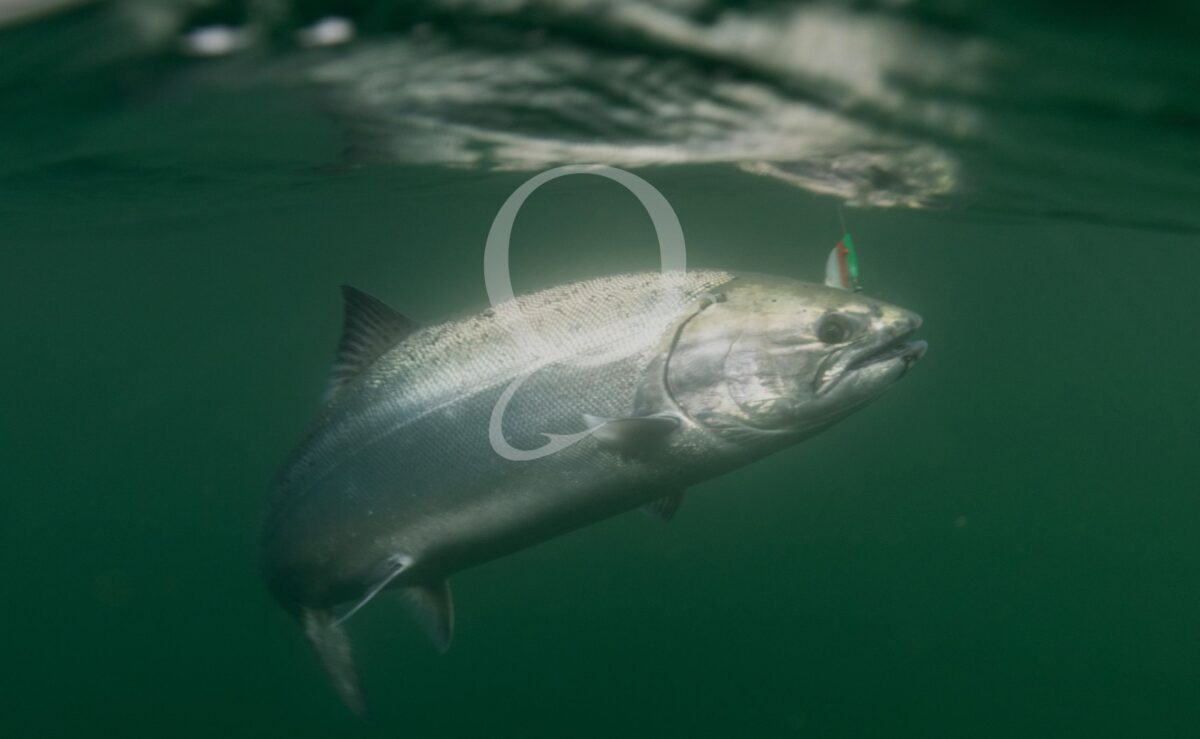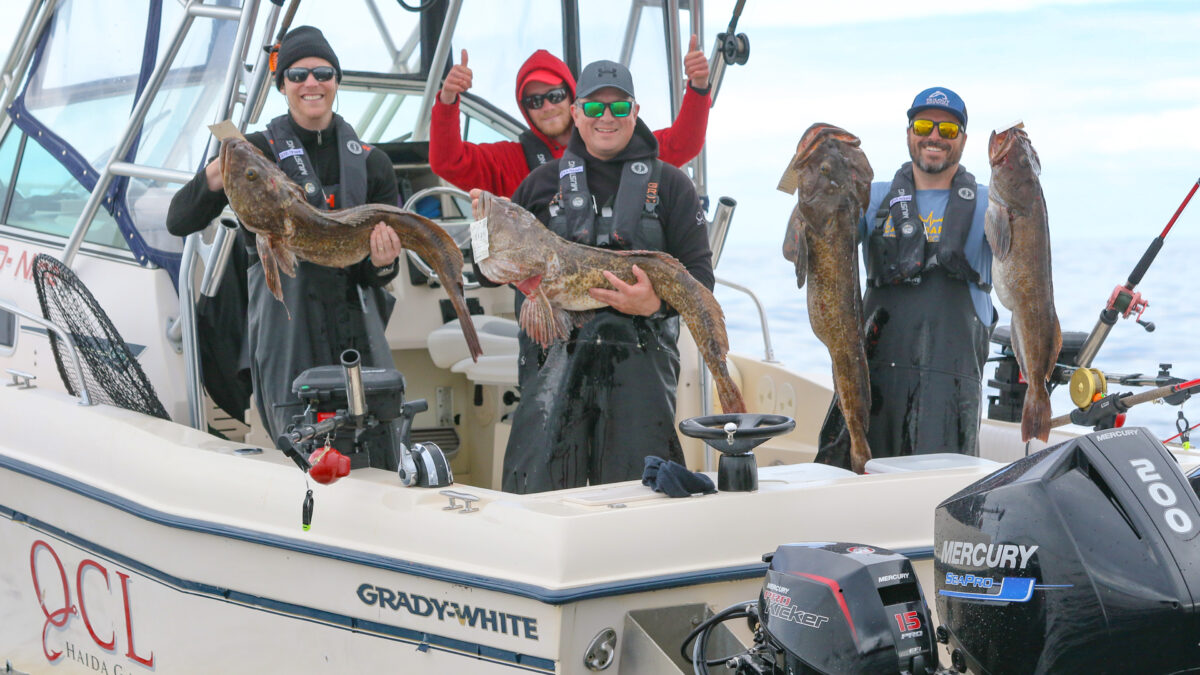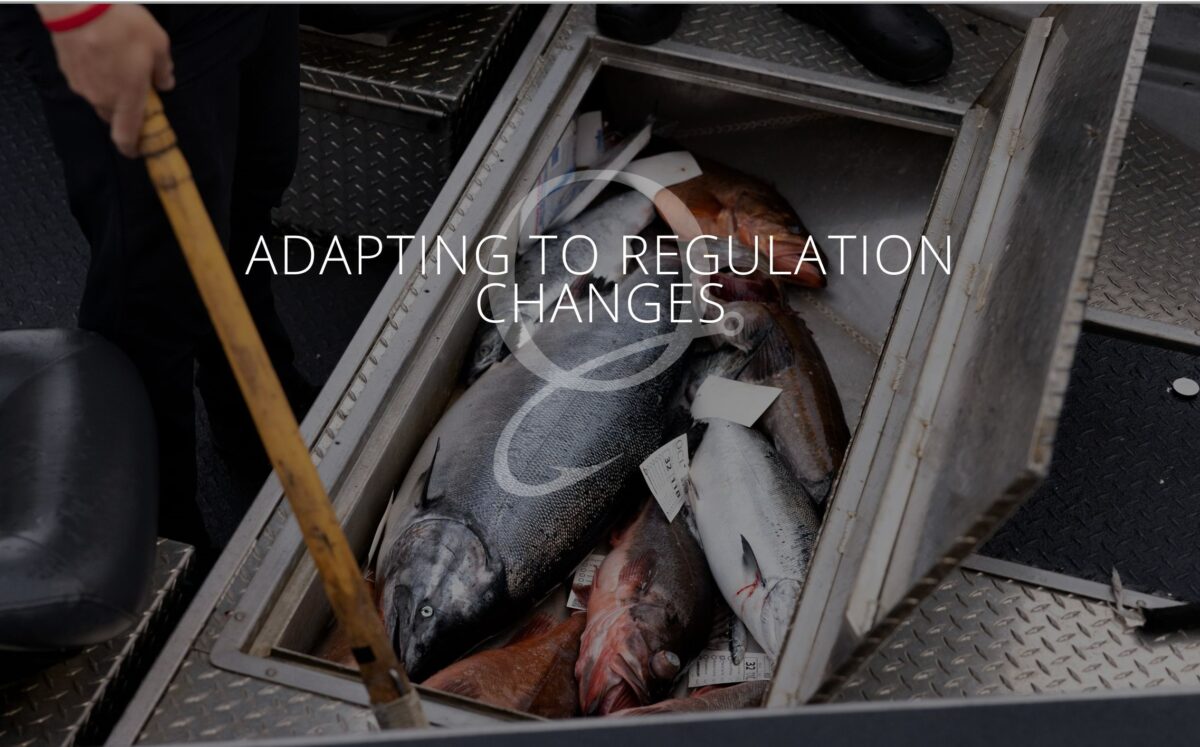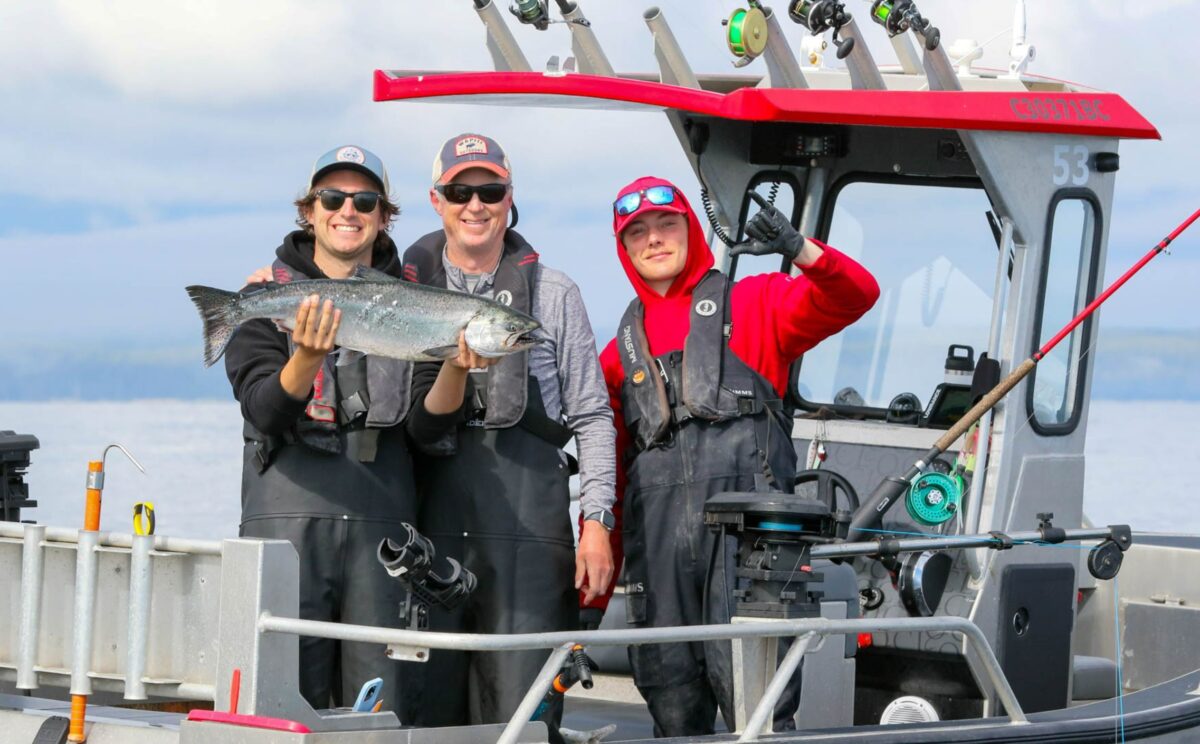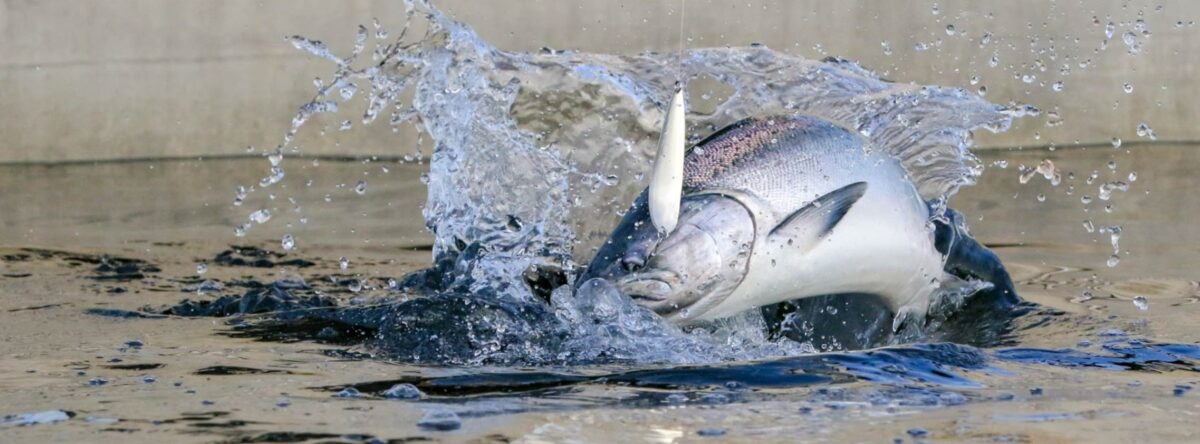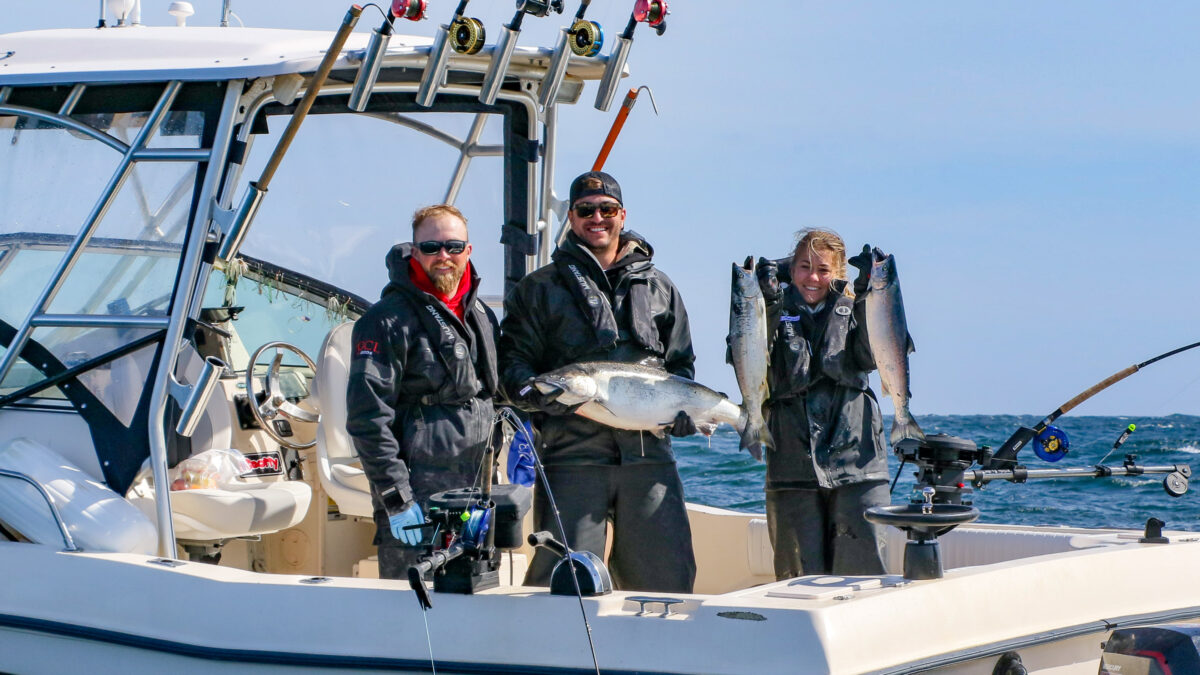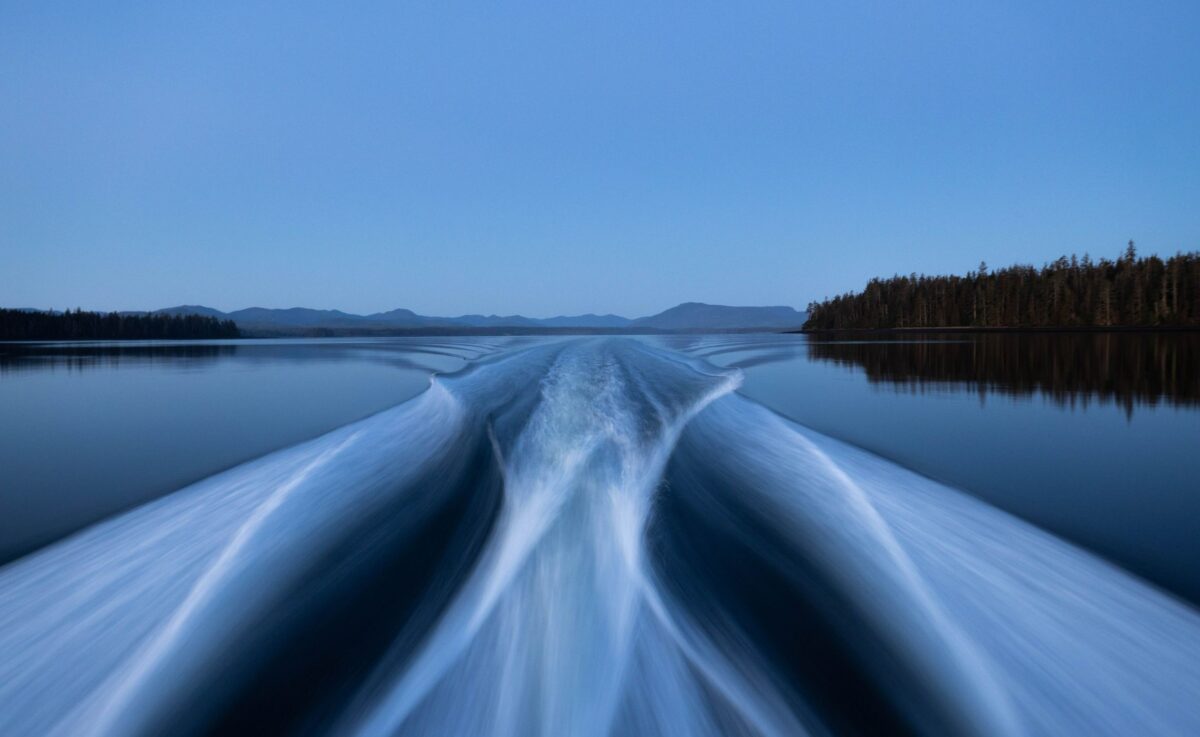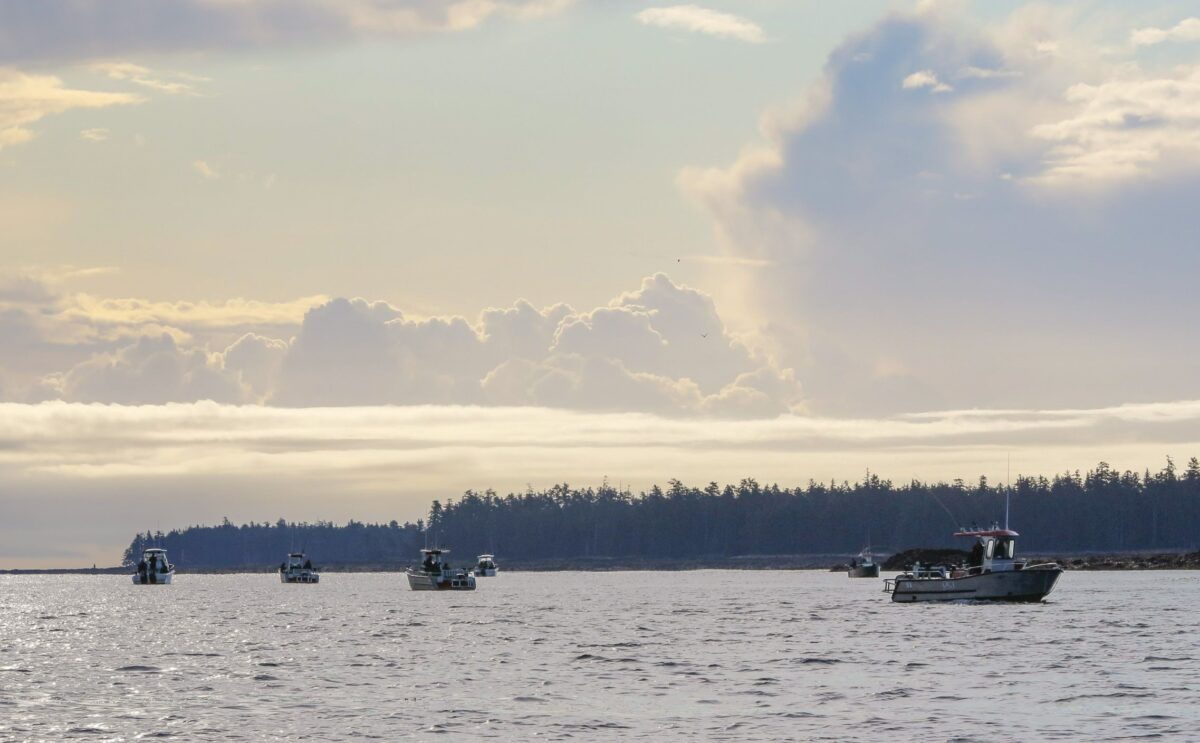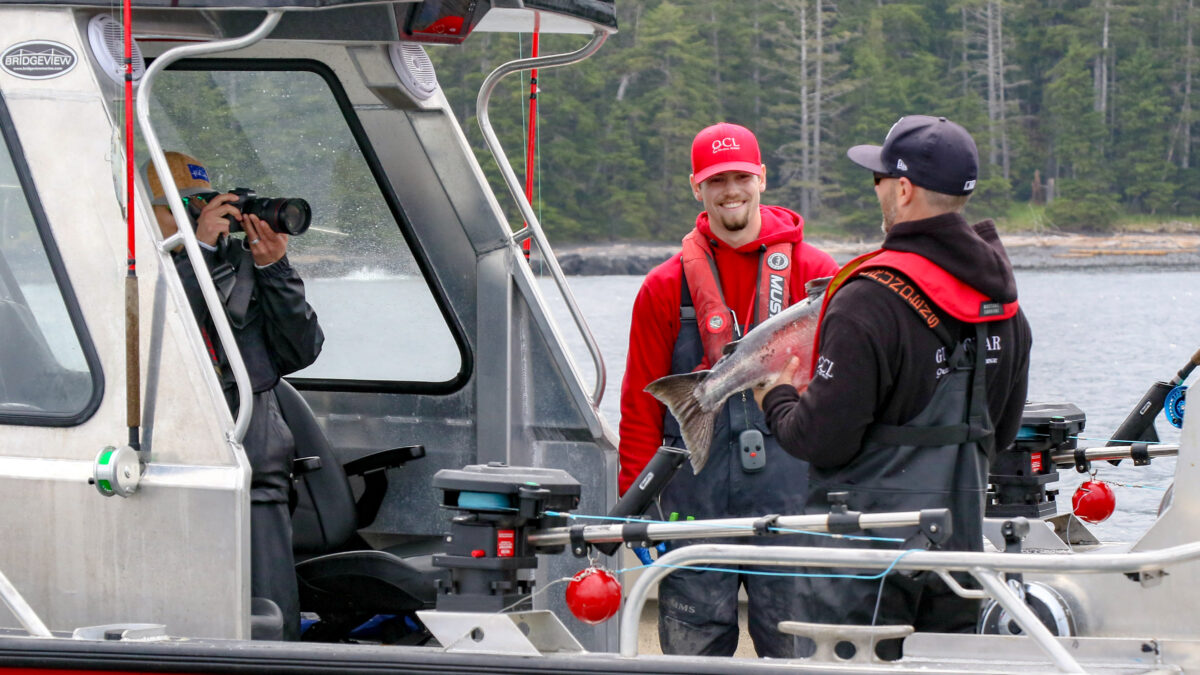The fishing industry is subject to constant changes in regulations aimed at preserving fish populations and ensuring sustainable practices. Fishing lodges play a vital role in maintaining the delicate balance between anglers’ interests and environmental conservation. This article examines how a fishing lodge effectively handles fishing regulation changes, ensuring compliance, guest satisfaction, and long-term sustainability.
To effectively manage fishing regulation changes, a fishing lodge must stay well-informed. This involves establishing strong communication channels with regulatory authorities, such as fish and wildlife departments, and actively participating in industry associations. Regularly monitoring legislative updates, attending workshops, and engaging in discussions with other lodge operators help ensure QCL remains up-to-date on current and impending regulations.
QCL educates our guests about fishing regulations to foster responsible angling practices. Upon arrival, guests are provided with detailed information about local fishing rules, catch limits, size restrictions, and any recent regulatory changes. Lodge staff are knowledgeable about these regulations to answer guests’ questions accurately and help them understand the importance of adhering to the guidelines.
Establishing a cooperative relationship with regulatory authorities is crucial for our industry. By actively engaging with these entities, we can contribute to the decision-making process and provide valuable insights based on our experience in the field. Open lines of communication facilitate understanding of the lodge’s perspective and allow for our concerns to be addressed when regulations are being formulated or modified.
QCL can play a significant role in promoting catch and release practices to support sustainable fishing. By educating anglers about the benefits of releasing certain fish species, especially those in decline, the lodge can help reduce pressure on vulnerable populations. Implementing policies that incentivize catch and release, such as recognition programs and rewards for anglers who release fish, help us to encourage guests to participate willingly.
To ensure compliance with fishing regulations, QCL has implemented monitoring systems. By employing experienced guides and staff members familiar with local rules, we can monitor angling activities on the water, including catch numbers and sizes. By regularly reporting this information to regulatory authorities, the lodge can contribute to the assessment of fish populations and assist in the evaluation of the effectiveness of existing regulations.
Fishing lodges must maintain a high degree of adaptability and flexibility in response to fishing regulation changes. This involves regularly reviewing internal policies and procedures to ensure compliance with updated rules. Lodge management is prepared to modify fishing programs, adjust catch limits, or introduce new practices as required. Maintaining open communication with guests about any changes and explaining the reasons behind them helps foster understanding and cooperation.
Navigating fishing regulation changes can be a complex task. By staying informed, educating our guests, collaborating with regulatory authorities, encouraging catch and release, implementing monitoring systems, remaining adaptable, and engaging in conservation initiatives, we can effectively handle regulatory changes. This approach ensures the sustainable enjoyment of fishing for guests, the conservation of fish populations, and the overall success of our operation in the long run. By balancing the interests of anglers and environmental conservation, QCL can serve as responsible custodians of the marine resources.
As a note to all of our guests, we appreciate your assistance and understanding when it comes to maintaining all DFO regulations. Together, we can ensure continuity for all of us that love the adventure that is ocean fishing! Should you at any point have any questions, please reach out to our team and we will give you the most up to date information.
